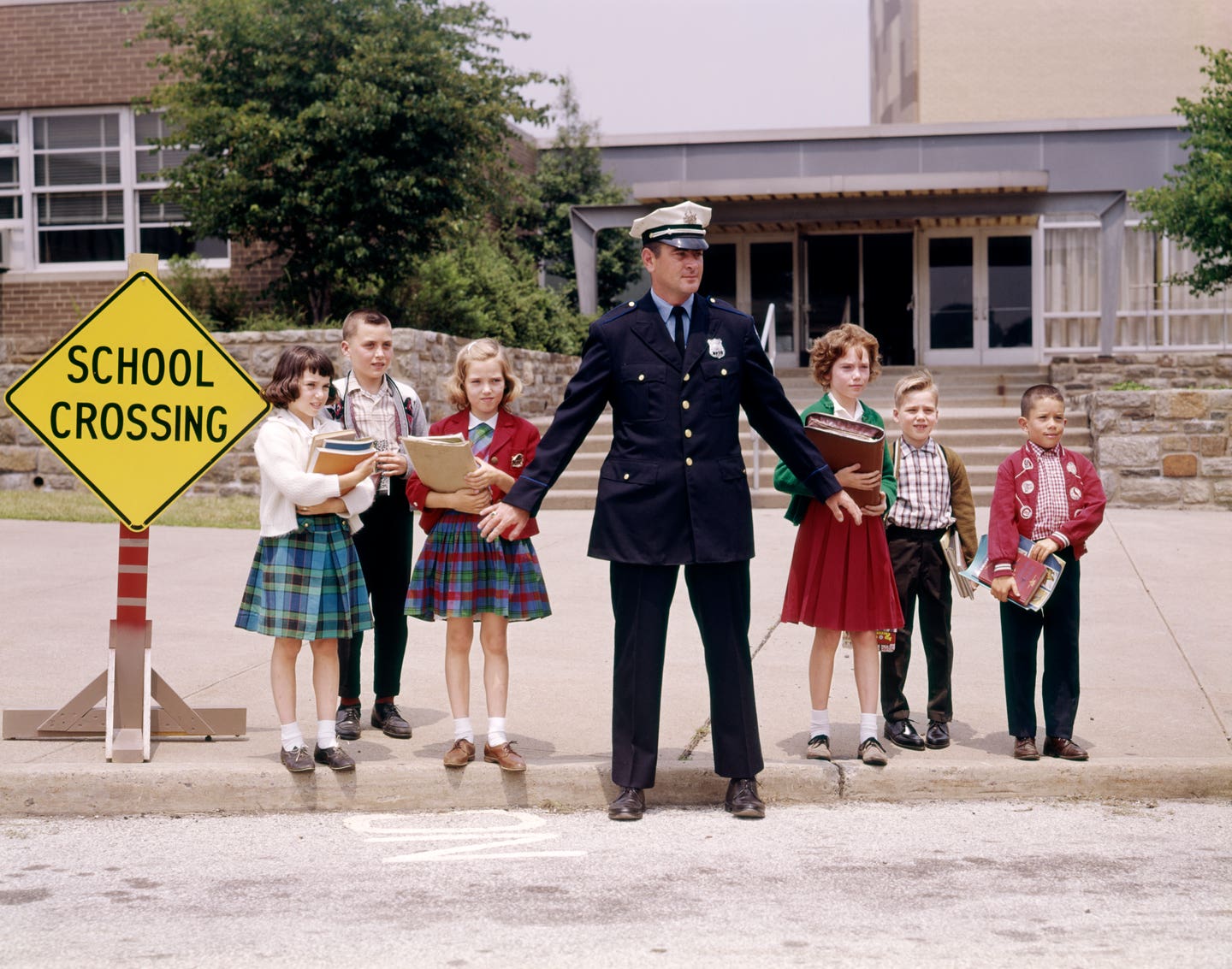Ancient Roman Mosaic Floor Found Under Italian Vineyard
Archaeologists have been searching for this mosaic for decades, and historians are calling it the year’s biggest discovery.
NEGRAR DI VALPOLICELLA, Italy — After decades of searching, archaeologists finally discovered the ultimate treasure: A Roman mosaic floor under a vineyard in northern Italy.
The mosaic floor from the third century (A.D. 200s) is a find historians are calling “this year’s biggest discovery.”
The remarkably well-preserved and ornate flooring design is part of the remains of a Roman villa, first found back in 1922.
The most recent discovery was made after “decades of failed attempts” by archaeologists to access the remains, according to a Facebook post by the town of Negrar di Valpolicella on May 26.
Last summer, a team with the Superintendent of Archaeology, Fine Arts and Landscape of Verona resumed excavation of the site, then returned in October 2019 and February of this year. They were forced out by the coronavirus outbreak in Italy.
Now, as the Mediterranean country eases its lockdown restrictions, researchers have been able to return to the site. Within a few days, they uncovered the pristine craft work beneath a row of grapevines and shared photos of their progress last week.
“Newly discovered just outside of Verona, what could be this year’s biggest discovery — an almost entirely intact Roman mosaic villa floor,” historian Myko Clelland said on Twitter.
In an interview with Metro UK, Clelland explained how such an opulent building could become buried and forgotten this way.
“They’re actually remains of entire towns, where residents built layer after layer until the whole thing became meters tall,” he said. “A thousand possible reasons, but a very loose rule of thumb is about an inch of soil per century, it’s amazing how humanity has a habit of just building on top of previous efforts. Rome is a fascinating example, many rediscoveries there on a regular basis!”
The town of Negrar di Valpolicella now wants to continue the dig in hopes of eventually revealing the entire villa floor and opening the priceless artifact to the public.
“Subsequently, the superintendence will connect with the owners of the area and with the municipality to identify the most suitable ways to make this archaeological treasure available and open and visible under our feet,” they explained in a translated Facebook update. “The result will not come soon and significant resources will be needed. But it’s important, finally, to track the road.”
Mayor Roberto Grison told the local newspaper L’Arena, “Together with the superintendent and those in charge of agricultural funds, we will find a way to make this treasure enjoyable.”








